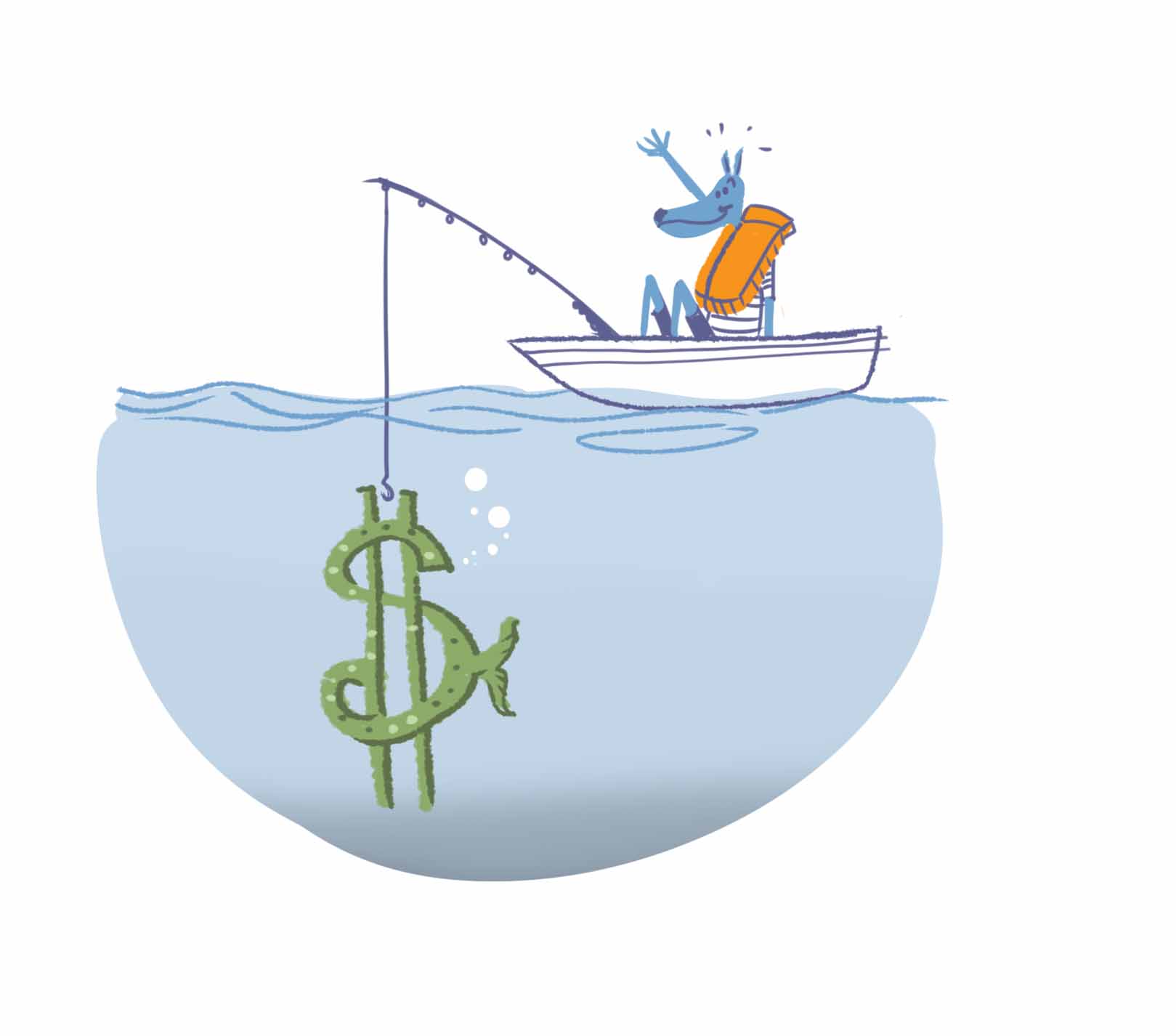
Customer acquisition cost (CAC) is the price of turning a potential customer into an actual customer. You’ll often hear the acronym or phrase tossed around by investors as a factor in determining the viability of a startup, but a slightly simpler CAC calculation aids you in honing your marketing techniques. Knowing and understanding your business’s CAC, as well as each customer’s lifetime value (LTV), gives you a starting point for increasing the effectiveness of your advertising and promotional efforts. This information is especially important when working with a smaller budget – every cent spent on marketing should provide a concrete benefit to your business.
Calculating CAC
Start with this basic calculation: divide what you’ve spent on marketing over a set period, such as the last year, by the number of new customers you’ve earned during that same period. If you’ve spent $2,000 during the last 12 months on marketing, and acquired 500 new customers, your CAC is $4 per customer.
Calculating LTV
Just $4 to draw in a new customer sounds good, but depending on your customers’ habits, it could be terrible. This is where LTV comes into play, which is essentially how much money a customer will spend over the course of their relationship with you.
Look at the average amount your customer spends per transaction and how frequently they make a transaction. If you spend $4 per new customer, and that customer regularly makes $50 purchases, of which you net $20, those few dollars up front translate to a pretty good deal for your business. But if the new customer only makes one $10 transaction, and never comes back again, the $10 transaction minus the $4 CAC likely puts your business in the red.
Use your records to make an educated best guess based on how frequently your current customers use your services or shop with you. Multiply the average number of visits a returning customer makes by the net profit you make per transaction. If you own a coffee shop and the average customer comes in twice a week and spends $5 each transaction, of which you net $3, your LTV for a year is $312.
Using and understanding CAC and LTV
Numbers are all well and good, but how you use them matters, and it all starts with how much data you keep on your marketing efforts. Although you can use general CAC and LTV calculations based on all marketing campaigns and avenues to determine how “good” your business is doing and whether or not you need to branch out to find something more efficient, this is really only a step above shooting in the dark.
Instead, track each marketing campaign or avenue separately to determine which campaign drew in which customers. From here, calculate a separate CAC for each campaign to determine which is the most effective, and what you need to alter or cut altogether.
It all boils down to profitability – no matter what your revenue is, if you’re spending too much to acquire low-value customers, your business won’t grow. Pull out your records, do the calculations, and then improve your record keeping on future campaigns so you get an even clearer picture of where your company stands, and where it’s heading.
No comments:
Post a Comment